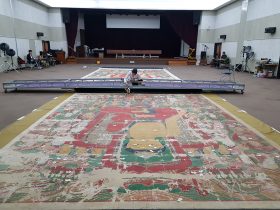Research Division of Archaeology
NAM Sangwon
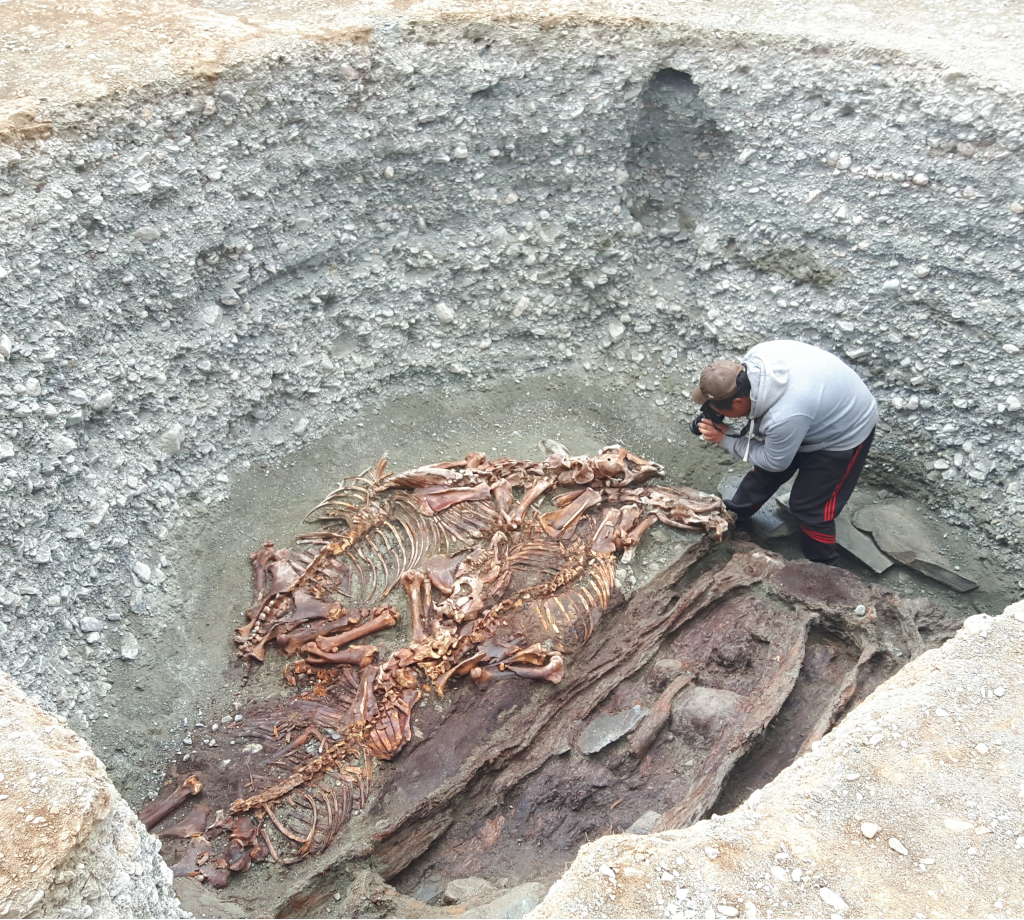

We live in a small world now. It is not an exaggeration to say the whole world is in the same cultural circle as people across the globe continuously communicate and influence each other. At this very moment, just with a mobile phone in our hand, we can watch a concert of BTS in the United States and cheer with a friend living on the other side of the earth through the internet.
Such moment is nothing new these days, but only some 200 years ago, before the invention of the steam engine in the 19th century, human’s fastest means of communication and transportation was horse. According to archaeological theories, humans had formed intimate relationships with horses some 5,500 years ago. The materials excavated from the Botai culture in northern Kazakhstan revealed a number of horse bones including worn down jawbones showing signs of bridling, and pottery pieces containing traces of horse milk. Researchers judge that these horses were domesticated, signaling the beginning of nomadic pastoralism.
Without domestication of horses, development of networks in human societies such as conquest, trade, propagation and communication would have been very slow. We probably couldn’t have even dreamed of watching the BTS from the other side of the world today. Horse holds a special place in the history of human, more than just providing foodstuff and labor.
A notable historical anecdote related to horse dates back to the 4th century BCE. A horse dealer came to King Philip II of Macedonia and offered him a fierce horse with black coat and a massive head named “Bucephalus.” The name Bucephalus refers to pig-headed, which could be an insulting name for a horse. No one could tame the horse, but the king’s 12 year old son succeeded in subduing the horse. King Philip II was impressed by this and told his son, “Look out for a large kingdom equal to and worthy of yourself, as Macedonia is too small for you.” His son, Alexander the Great who fought on Bucephalus, cre ated a vast empire that stretched from Greece to part of India, blossoming the Hellenistic culture. We have to meditate upon the implications of this story- the probability between domestication of horse and expansion of territory. If it had not been for the horse, would it have been possible for Alexander the Great to conquer such large territories? How did the Mongol Empire establish the largest land empire in history less than 100 years? The physical driving force behind those tales can all be found in horses.
The National Research Institute of Cultural Heritage (NRICH) is conducting interdisciplinary research with other Eurasian countries with nomadic culture, including Mongolia, Kazakhstan and Russia, to take a deeper look into the beginning, spreading and settling of the equestrian culture. Three divisions of the NRICH, the Archaeology, the Conservation Science and the Cultural Heritage Conservation Science Center, are jointly participating in the project.
In relation to this project, I had taken part in the excavation of a tomb of the Pazyryk culture1) in the Altai Mountains in Mongolia. The words Altai and Pazyryk may be familiar to those who are interested in the world history. Altai is derived from the word “Altan,” which means gold in Turkic and Mongolic, so it literally means the golden mountain. In the Greek myth, griffin, a mythical animal with the body of a lion with the head and wings of an eagle, guards the gold of the Altai Mountains. The Pazyryk culture originated from this region. In the Botai culture, it is difficult to estimate how much horses were used in life, but in the Pazyryk culture, horses were buried in their owner’s tombs as sacrifices. The horse’s skull had a hole, presumed to be hit by a pointed instrument. The horses were furnished with iron harnesses including bits and saddles, suggesting that the Pazyryk people rode horses. Intact skeletons of horses provide zoological characteristics of horses then.
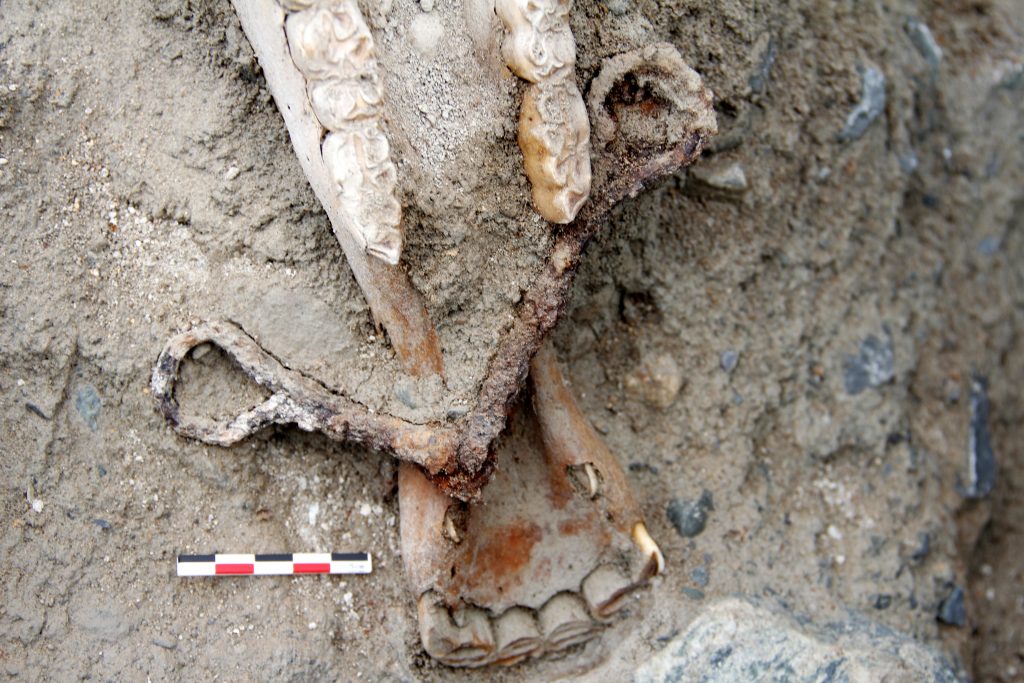

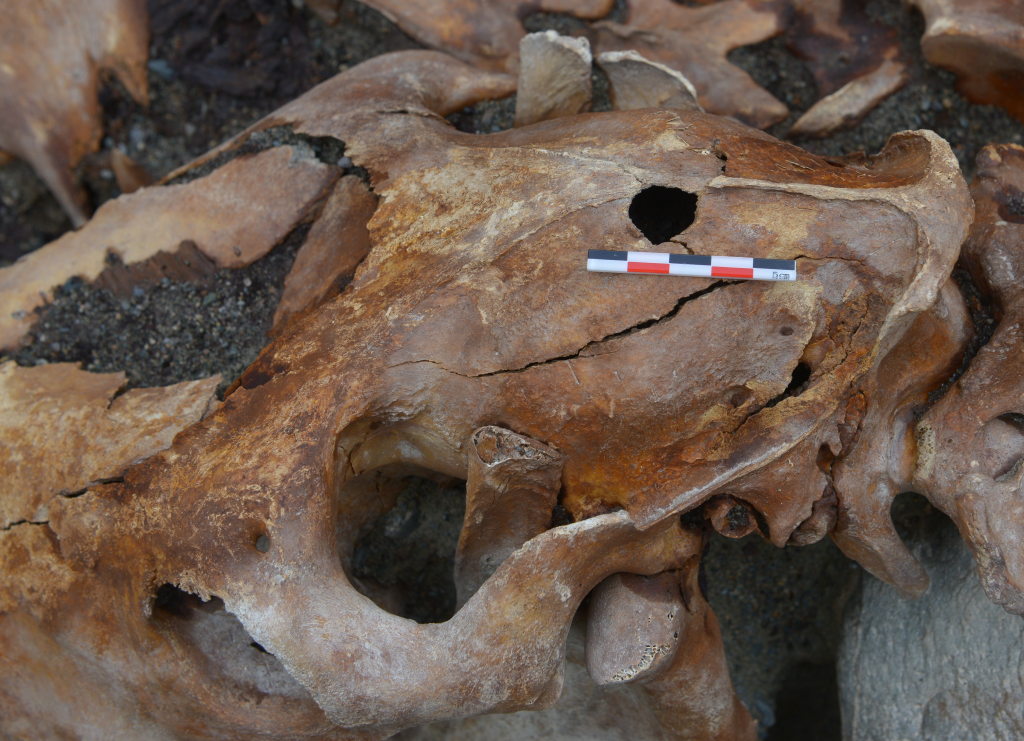

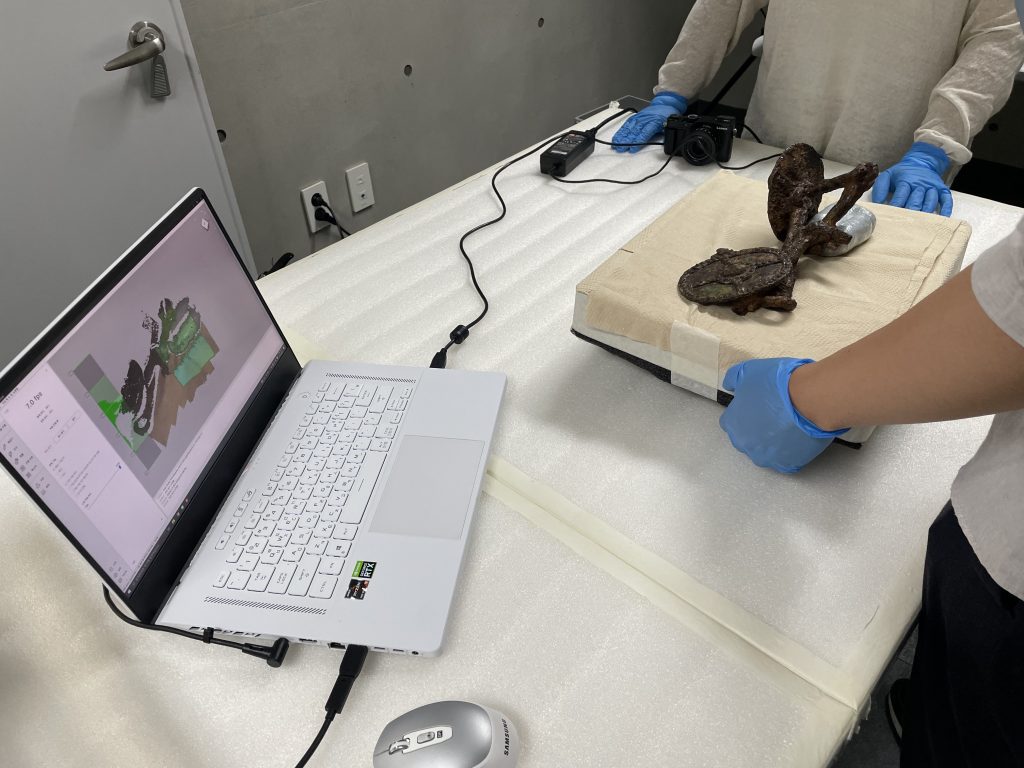

Meanwhile, Korean and Kazakhstani researchers together have excavated and surveyed mounded tombs of the Saka people2), who lived in around the same time as the Pazyryk people, in Kazakhstan. The burial grounds, located in the plains of the Zhetysu Region, southeastern Kazakhstan, dates back to the 5th to 3th century BCE. Unlike the tomb of the Pazyryk culture which buried the whole body of horse as sacrifices, parts such as leg bone, pelvis and rib are found in the Saka tombs, which are estimated to be food offered the tomb occupant. The Saka people’s horse riding culture can be seen through many archaeological remains collected in the National Museum of the Republic of Kazakhstan in Nur-Sultan.
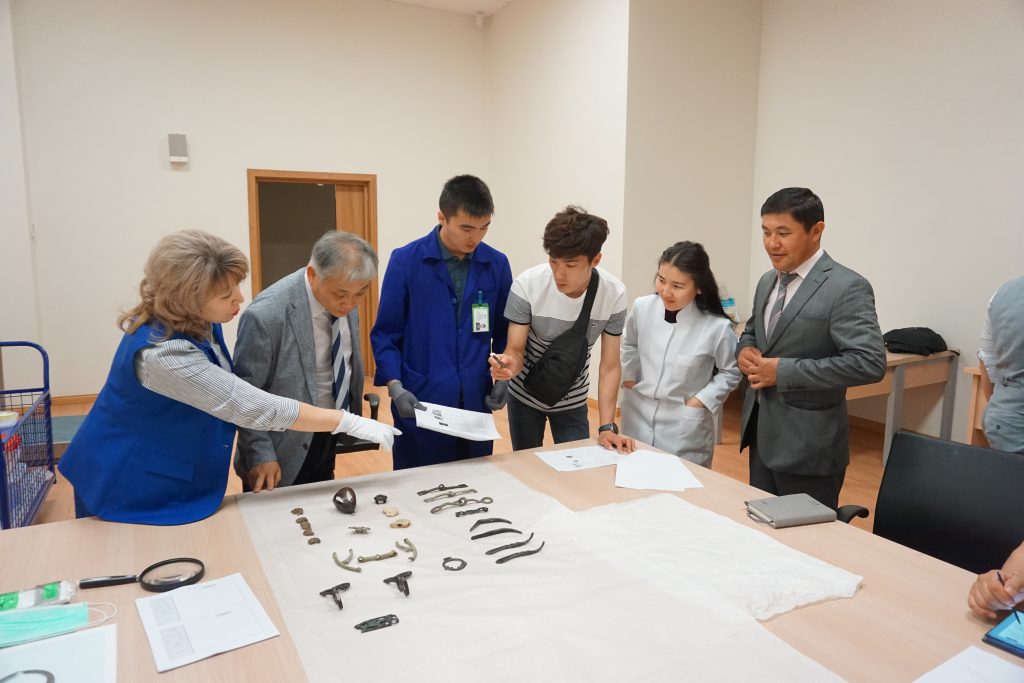

Culture develops from the process of humans adapting to their surrounding environment. However, speaking of arising of the horse riding culture, not every horse culture probably had horses in the beginning. Some cultures pursued sedentary farming, while others were nomadic, moving from one area to another. It has been suggested that horse culture appeared later in the sedentary farmers than in the nomads. Riding a horse has so many advantages in human life, so the horse culture must have spread in any way. This is just like how people around the world all use automobiles and smart phones regardless of its inventors.
Then how did this horse riding skills have diffused among different cultural regions? To answer this question, the NRICH is looking into this with various scientific technologies.
First, we study horse equipment through archeological methods. Harness is a device used on horses to connect human and horse for domestication. It is classified into control gear, safety gear, armor and ornament, depending on the purpose. Control gear was the first to be invented as it is essential to control the horse. The key control device is bits, which is a metal or organic structure inserted into a horse’s mouth and places pressure in the mouth, causing pain to the horse. In the aforementioned sentences, a horse tack is described as a connecting device between human and horse, but from the perspective of a horse, it could be just an instrument of torture. The material, shape, production technique of the bits differ by time and region, so researching bits provides hints on the group of people who used the bits on horses and their lineage. Most bits existing are in metal and discovered as a lump of rusty iron, corroded underground for a long time. The rusty piece cannot be identified and compared, so it is important to restore it to the original state.
The research is primarily conducted on ancient horse harnesses unearthed from the Korean Peninsula. Korea is located at the farthest eastern end of the Eurasian continent, which is the final destination of archaeological cultures from a geopolitical perspective, which makes the studies more interesting. Restoration of an artifact begins with high precision 3D scanning. 3D scanning guarantees exact numbers of the size of each part of the horse gears and the accumulation of such data is expected to allow analysis on production site and distribution network through statistics. 3D data can restore the static ar tifact, which has been hardened to prevent further corrosion, to its original state and can be equipped on a horse via virtual simulation. Securing such data can be an invaluable resource in documenting and managing the artifact.
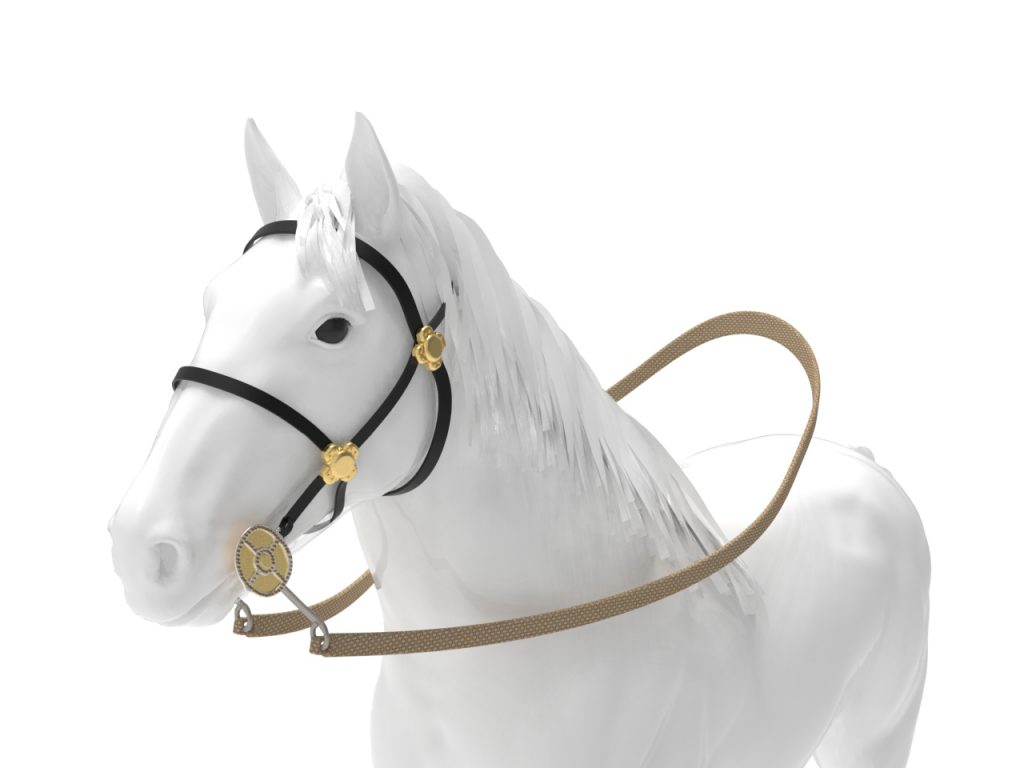

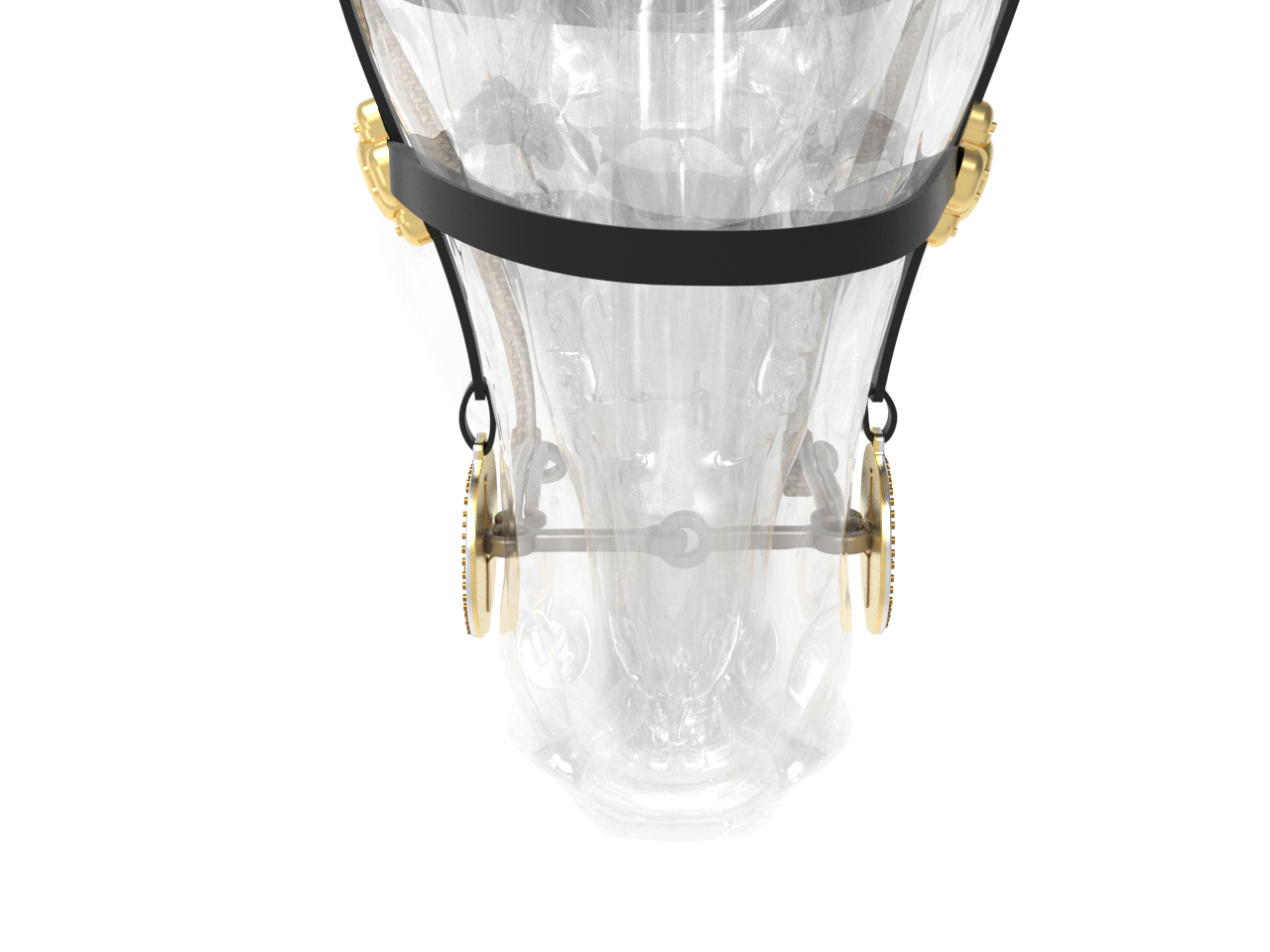

To figure out the origin and history of the horse gears, the artifact’s production technique, as well as its shape, is an important criterion for classification. As mentioned earlier, corroded harnesses have many parts invisible to the naked eye- How many strands of wire are twisted together to form a bit; Was the bit made by twisting or not; Which part was connected to complete the piece. Until now, such production techniques were mostly explained based on the observer’s subjective judgment, which is not the objective fact.
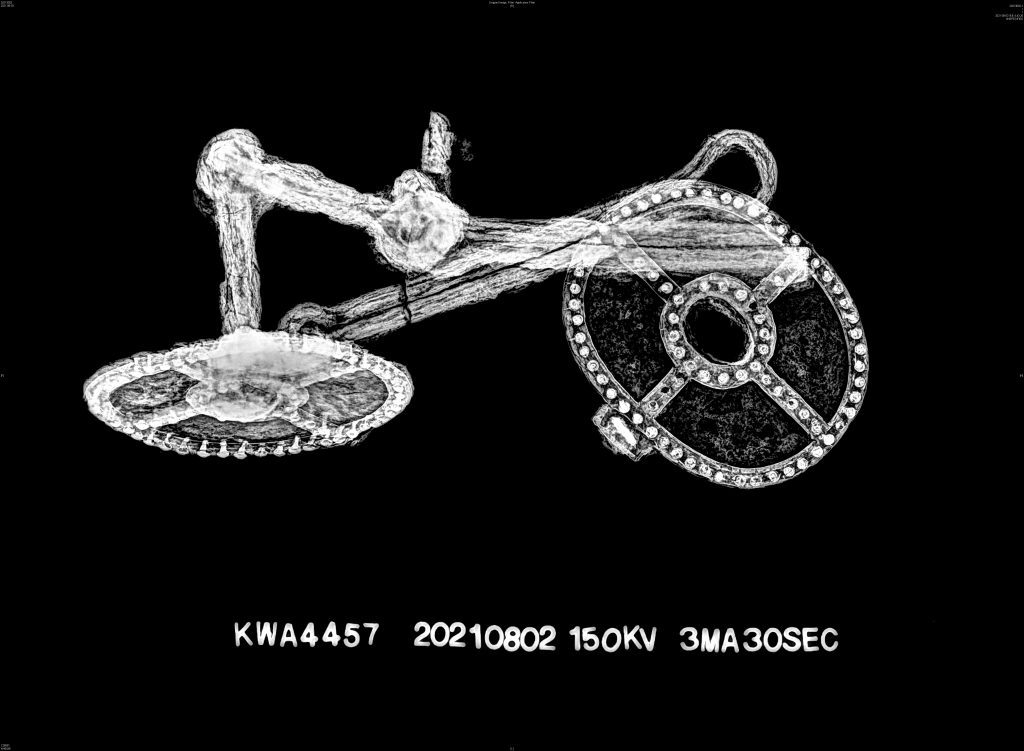

Scientific methods can complement the result. Computed Radiography (CR) is one of the ways. In the past, when a doctor in a television drama shows an X-ray photo to his patient, diagnosing the patient with end stage liver cancer, the X-ray image was often blurry and difficult to tell the liver and the tumor apart, making it hard for the viewers to sympathize with. Previously,-X ray imaging used to investigate cultural heritage was also in a very low quality, thus difficult to observe the metal good in blurry images. However, digital radiography (CR) provides more detailed digital images as the object is radiographed on an imaging plate with photostimulable phosphor instead of analog X-ray film. Combined with 3D scanning, CR can provide more precise information on the artifact and the details can be critical in finding the horse gear’s history and regionality.
In studying the ancient equestrian culture of Eurasia, biological study of horse is as important as scientific analysis of human made objects. We have not reached the point where we can explicitly tell when and how horses were introduced to the Korean Peninsula. It is unclear whether the horse culture was introduced to a region where native horses already existed or horses were brought in with the diffusion of the horse culture.
Archaeogenetics, or DNA analysis on ancient horse bones, can answer this question. The NRICH is currently conducting genetic analysis on some 140 pieces of ancient horse bones excavated from Korea, Mongolia, Kazakhstan and Russia. It is not as grand as the technology that clones dinosaurs from blood found in a mosquito trapped in amber, but we can extract quite a lot of genetic information of ancient horses, such as gender, age, maternal lineage, paternal lineage, genetic distance between horses excavated from different regions and comparison to modern horses, just from a piece of horse bone. More in depth analysis would provide information on the cause of death and disease, and nutritional status. If we secure more samples and continue to conduct genetic analysis, we could draw a big picture of which species of horse was spread to which region around what time in ancient Eurasia.
The NRICH’s project tracing the horse culture, the driving force behind cultural exchanges in ancient Eurasia, could contribute to the evolution of human history.


Lastly, the excavation site in the Altai Mountains went down to negative 10 Celsius degrees after the sunset, just like cold winter days. In a Mongolian Ger3), we relied on a small stove and the best fuel was well dried horse manure. After excavating the dreary grasslands, the researchers would wander around with a bucket in their hands to find larger horse droppings. We burned the bucketful of dried horse poops to survive the long night. Literally the horse manure in this barren environment was ‘salt and light’ for us at the time. Lastly, on a lighter note, I express my deepest gratitude to horses of all times for greatly contributing to the development of human history for thousands of years.
- An early Scytho-Siberian Iron Age archaeological culture found in the Altay Mountains, dating back to the 5th-3rd centuries BCE. Its characteristics include tomb mounds covered with boulders, horse gears, bronze knife and animal-shaped ornaments.
- A group of nomadic Iranian peoples who historically inhabited from the Black Sea region in eastern Europe to Xinjiang, China and covered the largest territory among the ancient nomadic cultures of the same period. Documented as Scythians in ancient Greek texts, Saka in the Achaemenid-era old Persian inscriptions and Sai in ancient Chinese records. They are known for iron weaponry, the first horse gears to ride horses and fancy animal ornaments.
- Also known as Yurt, the traditional Mongolian dwelling is a portable, round tent with a wooden frame covered with thick felt cover to protect against outside circumstances.



